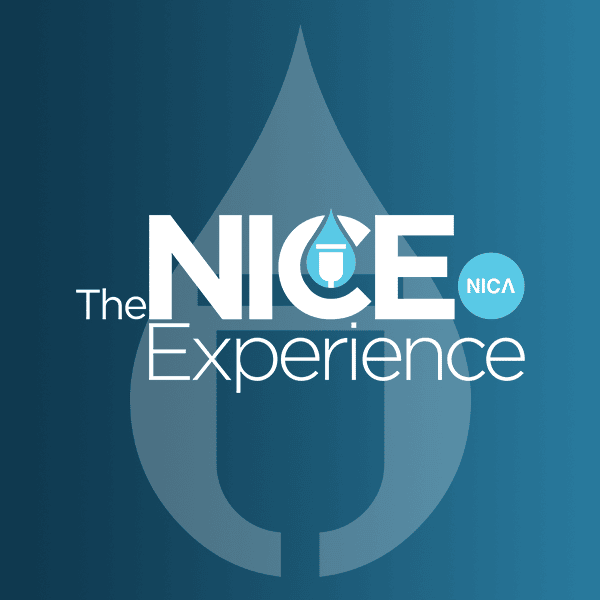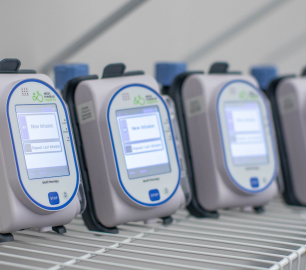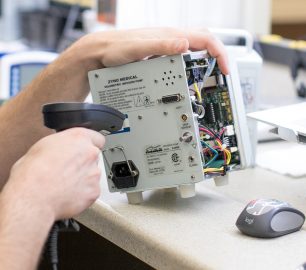Key Differences Between Parenteral And Enteral Nutrition
When a person cannot consume food or drink by mouth, medical professionals turn to alternative methods to ensure they receive the necessary nutrients. Two primary methods for providing nutrition in such cases are Parenteral Nutrition and Enteral Nutrition. While they both serve the same essential purpose—nourishing the body—the way they work and the situations in which they’re used can be quite different.
What is Enteral Nutrition?
Enteral Nutrition, commonly known as tube feeding, involves delivering food directly into the stomach or small intestine through a tube. This method is typically used when someone’s digestive system is still functional, but they cannot eat enough on their own or meet the calorie intake requirements.
Types of Enteral Feeding Tubes:
- Nasogastric Tube (NGT): Inserted through the nose into the stomach.
- Gastrostomy Tube (G-tube): Placed directly into the stomach through an opening in the abdomen.
- Jejunostomy Tube (J-tube): Inserted into the small intestine.
- Nasoduodenal Tube (NDT): Inserted through the nose and extends into the duodenum (the first part of the small intestine).
- Nasojejunal Tube (NJT): Placed through the nose into the jejunum, a section of the small intestine.
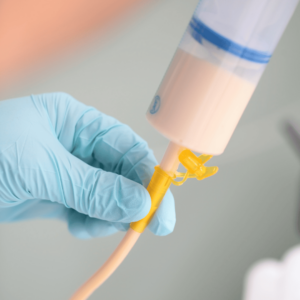
Benefits of Enteral Nutrition:
Utilizes the Digestive System Naturally
Enteral nutrition allows the body to continue using its digestive system in a way that closely mimics regular eating. This helps maintain the function of the gut, reducing the risk of issues like infections that can arise when the digestive system isn’t used for extended periods.
Can Be Administered at Home
Many patients can receive enteral nutrition at home, which promotes independence and comfort. Home tube feeding often allows patients to avoid long hospital stays while still receiving the necessary nutrients.
More Cost-Effective
Compared to parenteral nutrition, enteral feeding is typically less expensive because it involves fewer medical resources and doesn’t require intravenous lines, which often need more intensive monitoring and maintenance.
What is Parenteral Nutrition?
Parenteral Nutrition, often referred to as Total Parenteral Nutrition (TPN), involves delivering nutrients directly into the bloodstream through an intravenous (IV) line. This method bypasses the digestive system entirely and is used when the gastrointestinal tract is not functioning properly.
When is TPN Used?
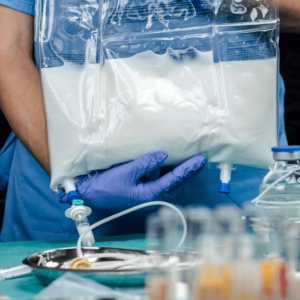
- Severe digestive issues (Crohn’s disease, bowel obstruction, cancer, etc.)
- Post-surgery when the digestive system needs rest (abdominal surgery)
- Malabsorption conditions
- Patients who cannot receive nutrition orally for more than a few days
- Extremely premature birth
- Certain gastrointestinal (GI) disorders in children, such as birth defects affecting the GI tract or long-lasting diarrhea (no matter the cause)
BENEFITS OF PARENTERAL NUTRITION:
Direct Nutrient Delivery
Provides complete nutrition directly into the bloodstream, ensuring that patients receive all essential nutrients even when the digestive system cannot process food.
Can Be Administered at Home
With proper training and support, TPN can also be administered at home, allowing patients to avoid prolonged hospital stays while still receiving the nutrition they need. Home TPN provides more freedom and flexibility for patients who need long-term care.
Customizable
TPN formulas can be tailored to meet the specific nutritional needs of each patient, adjusting the amounts of calories, proteins, fats, vitamins, and minerals as required.
Comparing Enteral and Parenteral Nutrition
While both enteral and parenteral nutrition methods aim to nourish the body when traditional eating isn’t possible, they differ significantly in their application and implications. Enteral nutrition, or tube feeding, utilizes the digestive system by delivering nutrients directly into the stomach or intestines, making it the preferred method when the gastrointestinal tract is functional. It’s generally safer, less invasive, and can often be administered at home with fewer risks of complications like infections.
On the other hand, parenteral nutrition (TPN) bypasses the digestive system entirely, providing nutrients directly into the bloodstream via an IV. This method is essential for patients with severe digestive issues where the body cannot process food, but it comes with higher risks and requires careful monitoring by medical professionals. While enteral nutrition is often more cost-effective and easier to manage, TPN is a critical, life-saving option for those who cannot use their digestive system effectively.
Both approaches are indispensable in modern medicine, offering tailored solutions to meet individual patients’ needs.
Check Out Infusion Pumps Here




